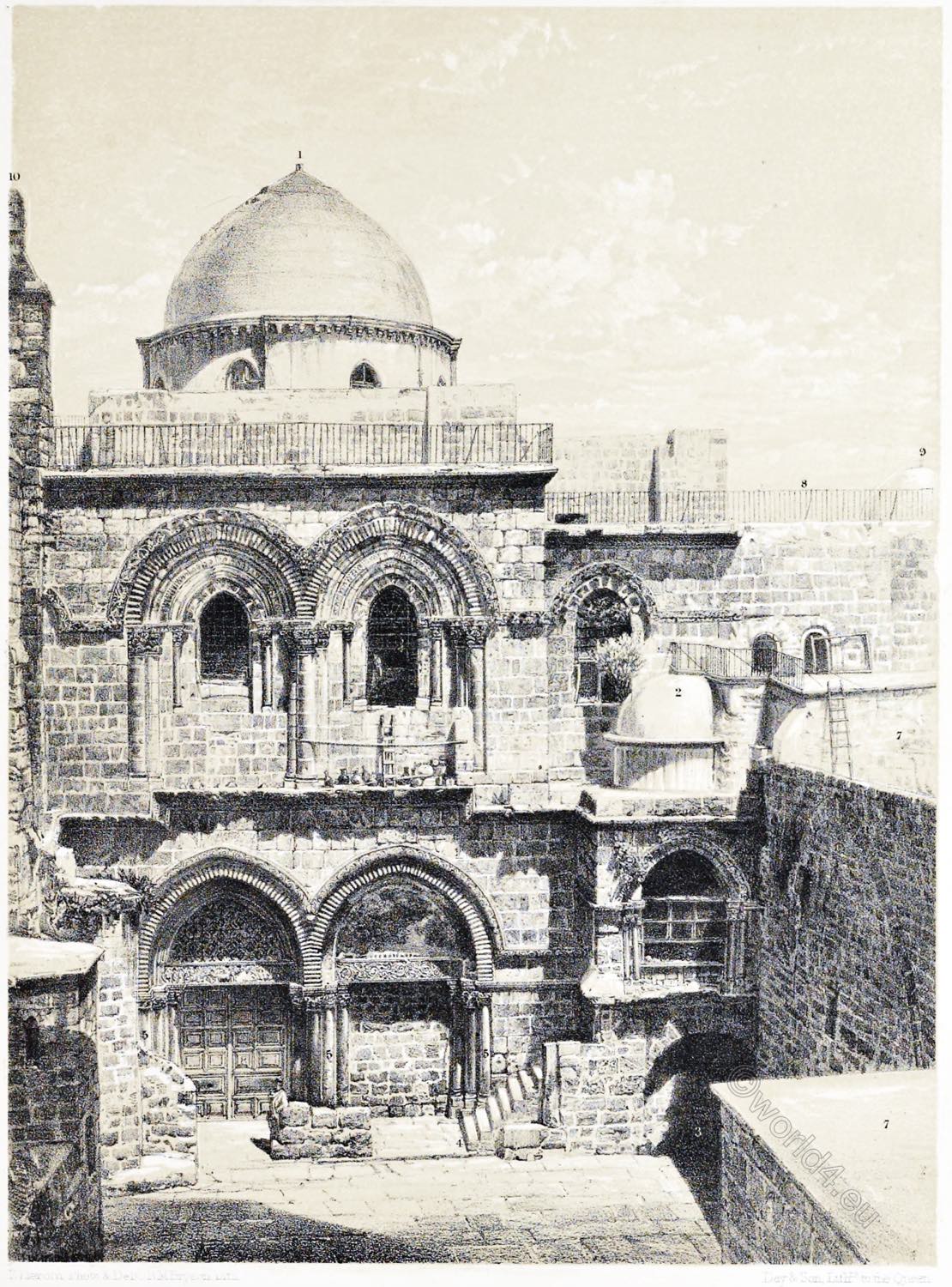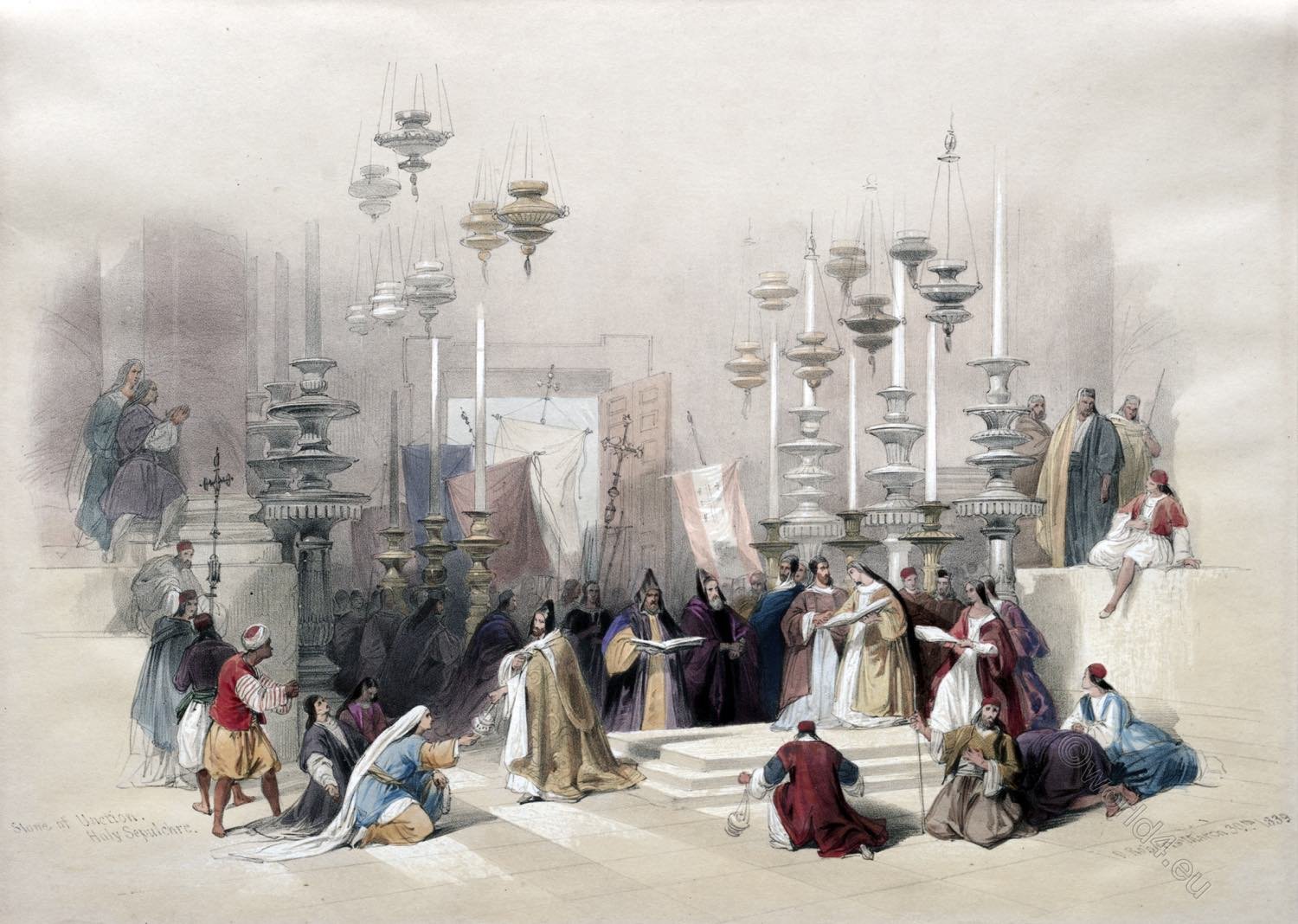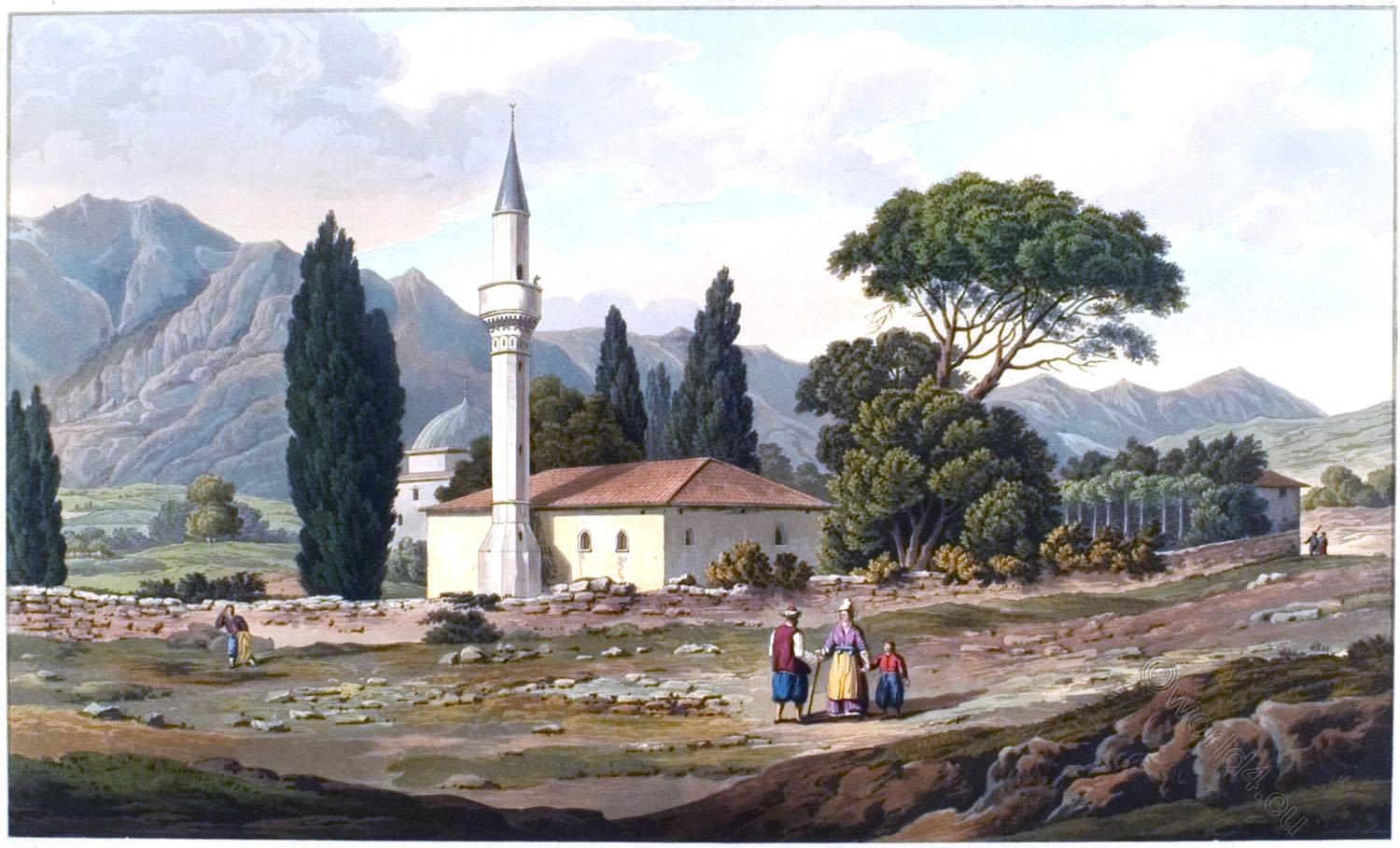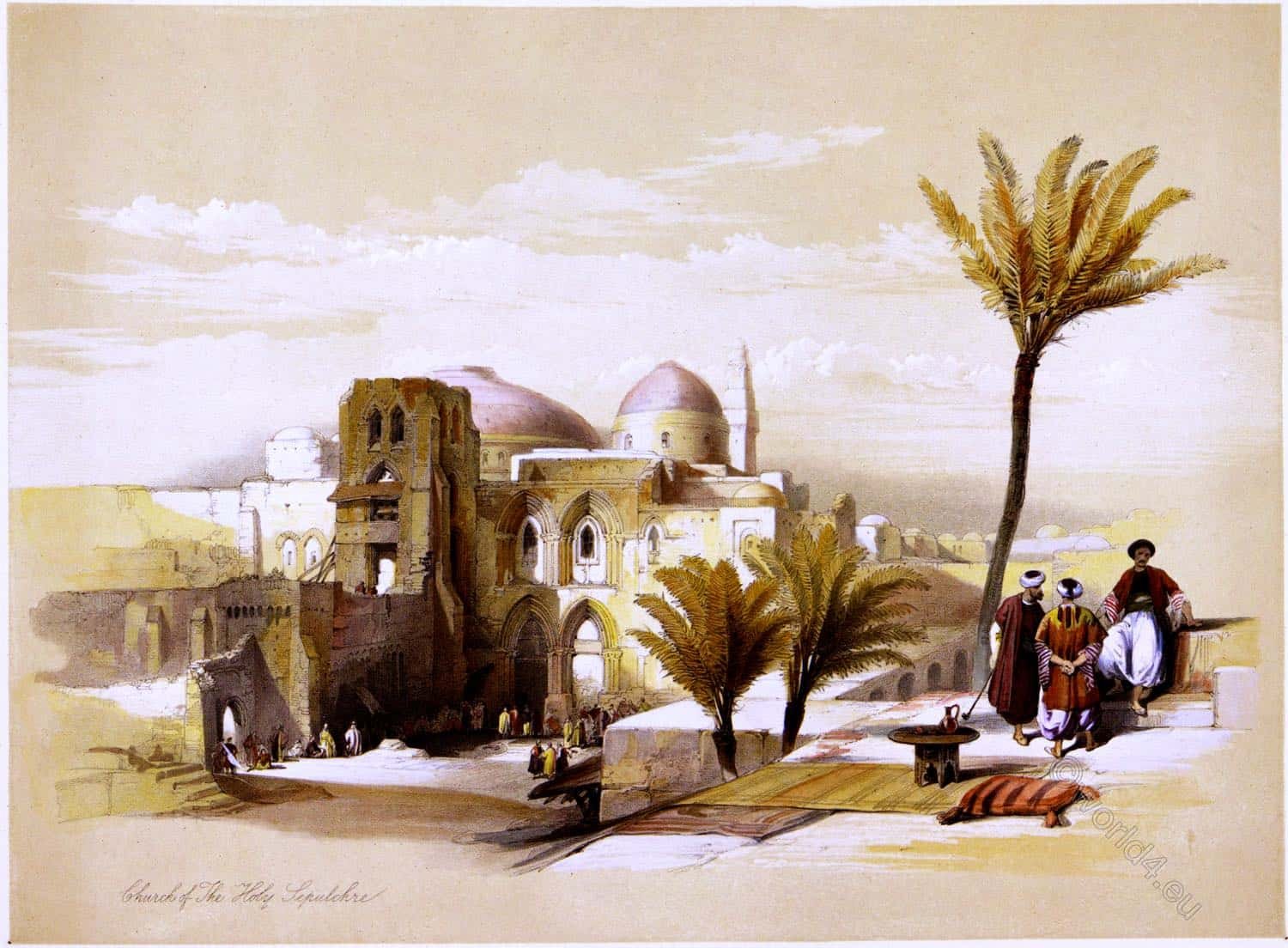Bethany is a locality in Judea, currently part of the West Bank, on the east side of the Mount of Olives, about 2.7 km southeast from Jerusalem, on the road from Jerusalem to Jericho (apparently the Ananias of Neh), and under Palestinian control. It is separated from the Holy City by the Israeli separation wall. Today it has the Arabic name al-Azariyeh, meaning “place of Lazarus” (his grave is traditionally marked there), and in 2017 was home to a population of over 22,000.
The prefix ‘Beth-‘ in Hebrew means ‘house’. The remaining part of the name has controversial origins. The most accepted version translates the whole expression as house of the poor. Some believe that Bethania is an abbreviation of Beth-Ananiah or simply Ananiah, one of the cities of the tribe of Benjamin; or that the second part is another person’s name (e.g. Anaia).
Bethany is known to be mentioned in the Gospels, according to which Lazarus, who was raised by Jesus (John 11:1-46), lived there, together with his sisters Martha and Mary. Jesus also passed by there on at least two other occasions (Matthew 26:6-13, Matthew 21:17, Mark 14:3-9, Luke 10:38-42, John 12:1-8), according to the evangelist Luke (Luke 24:50-53) it is the place of Jesus’ Ascension, which took place at the end of 40 days after the Crucifixion (Acts of the Apostles 1:3-11).
The place plays a role several times in the Bible, for example, the donkey on which Jesus entered Jerusalem came from a village near Bethpage and Bethany, and Jesus spent the night in the village. In Bethany there also lived Simon the leper, in whose house a woman anointed Jesus with the traditional custom of perfume on his head (Mt. 26: 6-13; Mk. 14:3). Later tradition has identified this woman with Mary, sister of Lazarus, although others have identified her with Mary Magdalene, although there is no unanimity on this point. According to Lk 24:50, 51 the Ascension of Christ took place near Bethany.
In Bethany today stands a church dedicated to St Lazarus, dating from the Crusader period; a short distance from it is an ancient rock-cut tomb, which tradition identifies as the one in which Lazarus was buried.
Not to be confused with the “Bethany beyond the Jordan” where John the Baptist exercised his teaching.

Bethany April 1st 1839
[published 1843]
Haghe, Louis, 1806-1885, lithographer
Roberts, David, 1796-1864, artist
BETHANY.
by David Roberts
Bethany was the well-known scene of one of the mightiest miracles of our Lord—that Restoration of Lazarus to life, by which he especially proclaimed his power over the grave, in the immediate presence of Jerusalem. The results of this miracle were his kingly reception by the people, and that increased hostility of the Roman and Jewish government, which produced the unspeakable sacrifice of the Crucifixion.
Bethany owes all its present reverence, and even its present name, to this miracle; it being now called El-‘Aziriyeh, from El-‘Azir (Arab. Lazarus).1) It is now a poor village, containing about twenty families, living in huts which exhibit evidence of having been formed out of the ruins of ancient buildings. Legends are of course busy. The monks profess to show the actual sites of the houses of Martha and Mary, and Simon the Leper. But the chief object of display is the Sepulchre of Lazarus, seen in the engraving as the small building on the left, with the circular dome.2)
The Sepulchre is a deep vault excavated in the limestone rock, in the middle of the village, with a descent to it by twenty-six steps. This spot has been a place of remarkable veneration in very early ages; the “Crypt of Lazarus” being mentioned in A.D. 333, and also by Jerome about seventy years later, as the site of a Church; successive monasteries also having been built over it.3)
1 Biblical Researches, ii. 102. 2) Roberts’s Journal. 3) Itin. Hieros. 596. Onomasticon, Art. Bethania, quoted by Robinson.
Source: The Holy Land, Syria, Idumea, Arabia, Egypt, & Nubia, by David Roberts, George Croly, William Brockedon. London: Lithographed, printed and published by Day & Son, lithographers to the Queen. Cate Street, Lincoln’s Inn Fields, 1855.
Continuing






